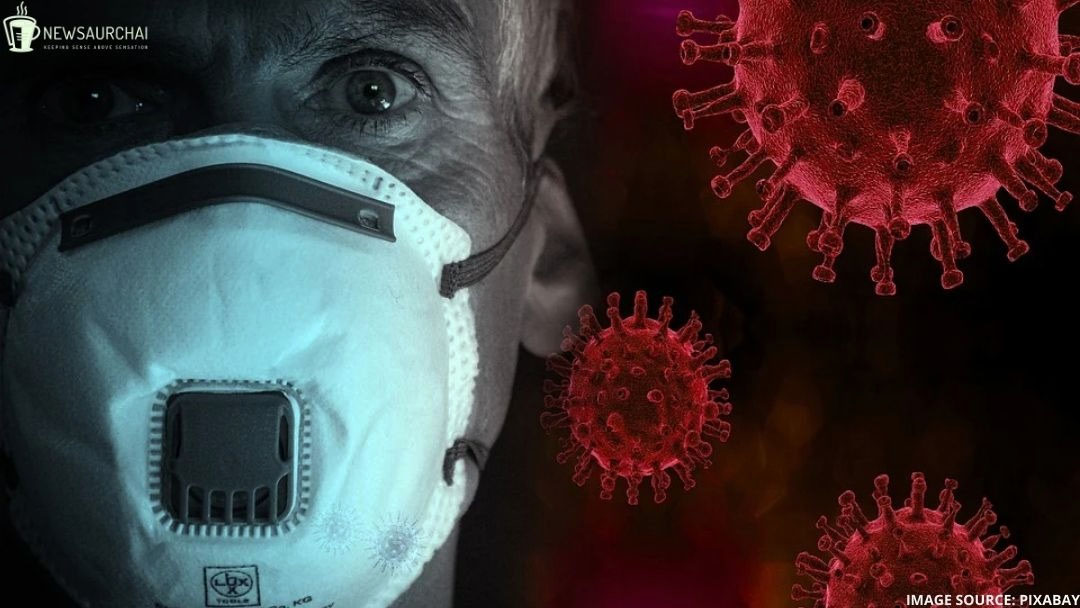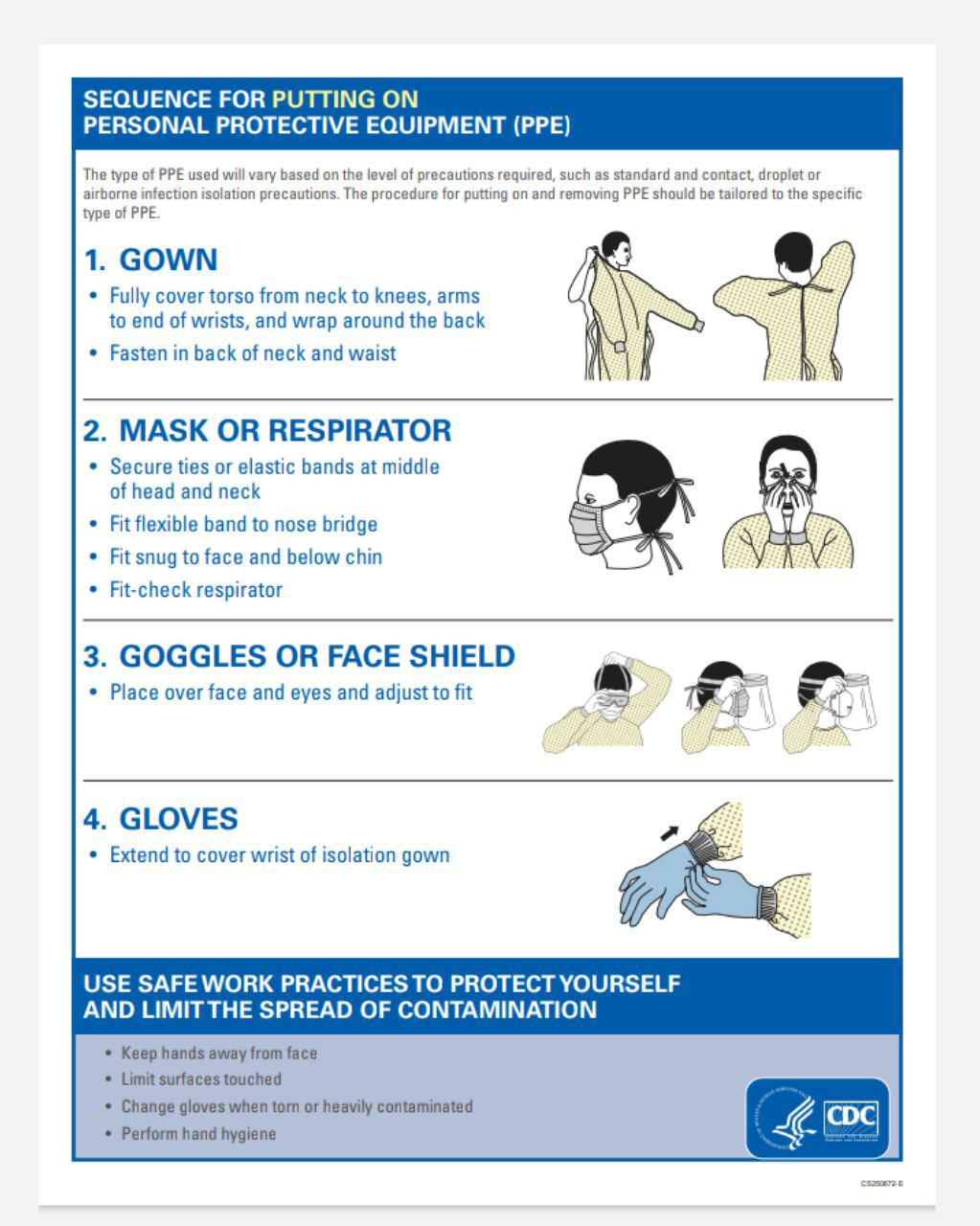
COVID-19 has severely disrupted the daily life of human beings. While the normal public are lockdown at their home, the healthcare staffs are fighting nothing less than a war–a war with a virus. From face mask to other protective gears are what the front line workers are using to fighting against coronavirus pandemic. The increasing demand for mask and shortage of it has prompted people to make homemade masks– but are they safe enough or safe at all?
Why doesn’t everyone wear a mask?
As per the World Health Organization (WHO) guideline, only two groups of people should wear protective masks, they are:
- Sick and those showing symptoms
- Caring for people suspected to have COVID-19.
In short, masks are not recommended for the general public because;
- They can get infected by other people’s coughs and sneezes or while putting the mask on or removing them.
- Frequent hand-washing and social distancing are more effective
- They might offer a false sense of security
COVID-19 is spread through droplets that are sprayed into the air when an infected person talks, cough and sneeze. These can enter the body through the eyes, nose and mouth, either directly or indirectly like: after touching a contaminated object.
However, experts at the WHO is now examining whether the general public might benefit from wearing masks. The group will review research on whether the virus can be extended further than previously predicted.
How safe is a homemade face mask?
Due to the short supply of medical mask and should be left for healthcare workers, the general public in America are now recommended to use clean cloth or fabric to cover their faces while in public.
Only the people mentioned above need to wear masks. However, US officials hope the new rules could prevent people without symptoms unknowingly spreading coronavirus.
On the other hand, European advisers warn that reusable cloth masks are also not advised and may even increase the chance of infection. They explain that there are high chances of virus particles to go through the clothes, wet clothes can keep these virus particles intact.
Nonetheless, Europe has a different perspective, wherein they don’t advise people to use a medical or homemade mask.
Despite all this difference, many social media sites have hosted contents based on how to make homemade masks. However, homemade masks are not regulated, whereas officially-made ones have to fit safety requirements.

What is the best type of mask?
There is a variety of mask available with each having their own unique quality. The most protective is, an FFP3 or an N95 or an FFP2, having an equipped respirator that filters air.
Experts do not recommend the general public to use these masks. They are for healthcare workers who are in close contact with COVID-19 patients and are at the highest risk of encountering infected airborne droplets.
As per the latest guideline, other National Health Service (NHS) staff in lower-risk situations can wear a surgical mask. That means healthcare workers within one metre of a patient with possible or confirmed COVID-19, and those include teams working in hospitals, primary care, ambulance trusts, community care settings and care homes.
What are the other protective gears?

Gloves and other protective wear are advised for NHS staff working in places where they could encounter COVID-19.
Even in this case staffs in the frontline who are at the highest-risk are recommended to wear fuller protection, instead of a simple apron, gloves, mask and goggles. Apart from NHS staffs, the general public needn’t wear any protective gears.





